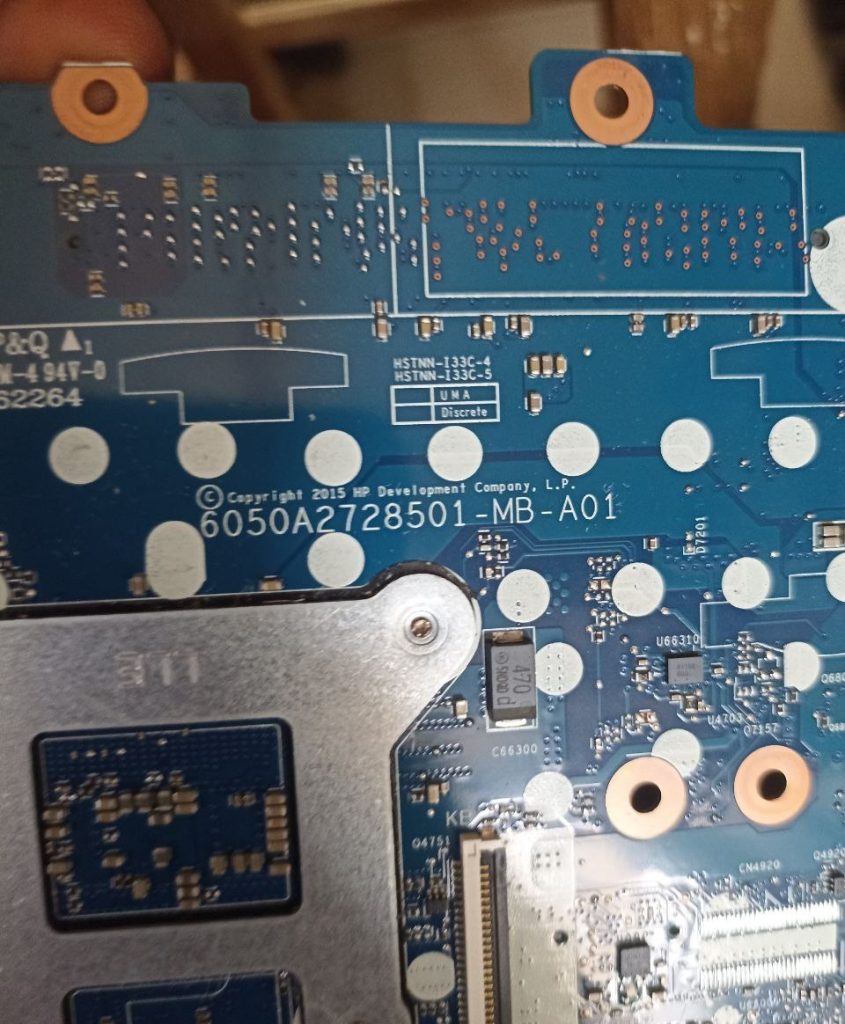Welcome To The STCBIOS Family, It’s All Free And Always Well Be Share To Make Good Relation
HP EliteBook 840 G3_6050A2728501-MB-A01 Bios Free Download
What is BIOS?
Bios is Basic Input/Output System (BIOS) is a crucial component of your computer. It initializes hardware during the booting process and helps load the operating system. When you turn on your PC, the BIOS is the first software it runs. Let’s explore it in more detail.
What BIOS Does: A Simple Explanation
- Hardware Initialization: The BIOS checks your computer’s hardware components, like the CPU, RAM, and storage.
- Booting Up: It finds and launches the operating system from your hard drive or SSD.
- Settings Management: Users can adjust settings for hardware performance and configurations.

HP EliteBook 840 G3 6050A2728501-MB-A01 Bios Free Download
The History of BIOS and its Evolution to UEFI
BIOS has been around since the early days of personal computers. 6050A2728501-MB-A01 Over time, it evolved into more sophisticated systems, leading to the development of UEFI (Unified Extensible Firmware Interface). UEFI offers faster boot times, larger storage support, and better security features.
BIOS vs. UEFI: Key Differences and Implications
- Interface: BIOS has a text-based interface; UEFI supports graphics and mouse controls.
- Boot Speed: UEFI is generally quicker for booting up.
- Drive Support: UEFI can handle larger drives and more partitions than traditional BIOS.
Accessing and Navigating Your BIOS Settings. Accessing your BIOS can seem complicated, but it’s straightforward with the right steps 6050A2728501-MB-A01.
How to Access BIOS: A Step-by-Step Guide for Different Operating Systems 6050A2728501-MB-A01
- Restart Your Computer.
- Press Key During Boot: Common keys include F2, F9, Delete, Escape, or F10. The correct key may vary by manufacturer.
- Access BIOS Menu: You will enter the BIOS setup utility.
Understanding the BIOS Interface: Common Settings and Options 6050A2728501-MB-A01
The BIOS interface may look confusing. Key areas include:
- Boot Configuration: Set your preferred boot device.
- Security Settings: Manage passwords and system security.
- Advanced Settings: Control hardware configurations.
BIOS Password Protection and Security Measures Setting a BIOS password can prevent unauthorized access. This adds a layer of security, but it’s vital to remember your password, or you may face complications to reset it. Essential BIOS Settings You Should Know Knowing the right settings can optimize your PC performance.
Boot Order Prioritization: 6050A2728501-MB-A01 Choosing Your Primary Boot Device by configuring the boot order, you can choose where your computer looks for the operating system first. This is useful when installing new software or operating systems.
- Enter BIOS Setup.
- Find Boot Menu.
- Change Boot Sequence: Move your preferred device to the top.
Overclocking Your CPU and RAM: Risks and Benefits can boost performance, but it comes with risks:
- Increased Heat: More heat means potential damage.
- Stability Issues: Overclocked systems may crash more often.
Common overclocking failures often stem from poor cooling or insufficient power supply.
Managing Power Options and Energy Efficiency
Adjusting power settings in BIOS can enhance energy efficiency. 6050A2728501-MB-A01 Settings such as ACPI (Advanced Configuration and Power Interface) can help manage power consumption effectively.
Troubleshooting Common BIOS Issues Sometimes, BIOS issues can disrupt your computer’s performance. Here’s how to handle them. Fixing Boot Errors: Identifying and Resolving Common Problems Boot errors usually stem from misconfigured settings or hardware failures. Common solutions include:
- Resetting BIOS to Default.
- Checking Connections: Make sure all hardware is properly connected.
Updating Your BIOS Firmware: Steps and Precautions Keeping your BIOS updated is vital. Here’s how:
- Visit Manufacture Website: Look for the latest firmware.
- Download the Firmware: Follow the instructions closely.
- Backup Current BIOS: Always back up your current settings.
If you forget your BIOS password, resetting it may be necessary. You can often reset it by:
- Using a Jumper: A motherboard jumper can reset the password in 6050A2728501-MB-A01
- Removing Battery: Disconnecting the CMOS battery for a few minutes can also help.
Advanced BIOS Settings for Power Users Power users can gain extra control over their systems by exploring advanced BIOS options. Understanding CMOS Settings and Their Impact
CMOS stores BIOS settings, and changing these can drastically impact system performance. Use caution when adjusting these settings.
Configuring Advanced Power Management Settings Power management settings allow for better energy use. Example settings include:
- Sleep Modes: Configure sleep settings for energy savings.
- Fan Controls: Set your system’s cooling fan behavior based on temperature thresholds.
Optimizing Performance Using BIOS Tweaks: A Guide for Enthusiasts Performance can often be enhanced with specific tweaks. Refer to Tom’s Hardware for expert advice on important adjustments. Conclusion: Mastering Your BIOS for Optimal Computer Performance Successful navigation of BIOS can lead to better system performance and security.
Key Takeaways: Recap of Essential BIOS Knowledge
- BIOS initializes hardware and boots your system.
- Familiarize yourself with settings for better performance.
- Regular updates are crucial for security and stability.
Now that you understand BIOS, take the time to explore your own settings. Adjust a few options, and see how your computer performs differently!

